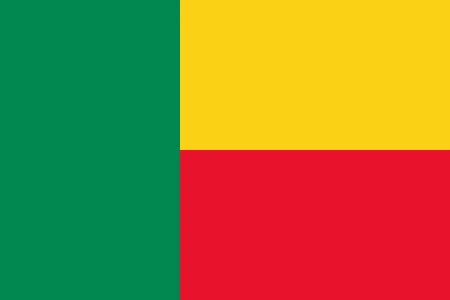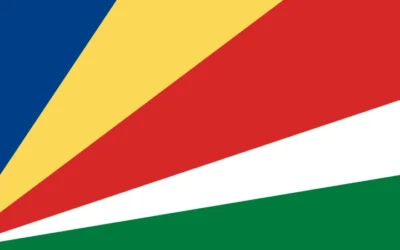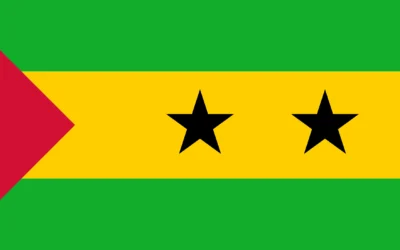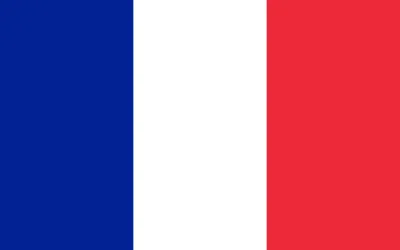Benin Travel Guide
Discover Why You Should Visit Benin
Why Visit Benin?
Benin is a culturally rich and historically significant West African country known as the birthplace of Vodun (Voodoo) and the heart of the powerful Dahomey Kingdom. It offers travelers a mix of cultural exploration, wildlife experiences, and relaxing coastal getaways.
With vibrant festivals, royal palaces, and welcoming communities, Benin invites visitors to dive deep into African traditions and living history.
Ideal for: Culture seekers, history buffs, spiritual travelers, and eco-tourists.
Must-Know Facts
Capital/Major City: Porto-Novo (official), Cotonou (economic hub)
Language(s): French (official), Fon, Yoruba, and other local languages
Currency: West African CFA Franc (XOF)
Best Time to Visit: November to March (dry season and festival season)
Fun Fact: Benin celebrates National Voodoo Day every January 10th in Ouidah, drawing spiritual practitioners and visitors from around the world.
Top Things to Do
Visit the Royal Palaces of Abomey, a UNESCO World Heritage Site
Explore Ouidah and its Route des Esclaves (Slave Route) museum and monuments
Attend the annual Voodoo Festival in Ouidah
Discover wildlife and stilt villages in Pendjari National Park and Lake Nokoué
Relax on the beaches of Grand-Popo and Cotonou
Local Culture & Lifestyle
Beninese culture blends ancient kingdoms, colonial influences, and indigenous traditions. The Fon and Yoruba cultures are especially prominent.
Vodun (Voodoo) is practiced openly and respectfully as a formal religion, alongside Christianity and Islam.
Traditional music, dance, and ceremonies are vibrant expressions of identity, often featuring drums, chants, and elaborate costumes.
Food & Drink Highlights
Street Food: Fried yams, spicy grilled fish, wagashi (fried cheese), akara (bean cakes)
Restaurants: Maquis du Port (Cotonou), Le Privilège, Chez Maman Benin
Drinks: Sodabi (palm liquor), bissap, ginger juice, local beers
Desserts: Coconut sweets, fried plantains, cassava cake
Main Dish & Culinary Symbols
Signature Dish: Amiwo (spicy red cornmeal) served with meat or fish sauce
Common Ingredients: Maize, cassava, tomato, onion, chili, palm oil, goat and fish
Culinary Culture: Meals are a shared, communal activity, often prepared over open fires and flavored with bold spices and sauces
Symbols & Icons of the Area
Natural Icons: Lake Nokoué, Pendjari National Park, Mono River
Cultural Icons: Dahomey warrior statues, Voodoo fetishes, royal artifacts, traditional masks
Hidden Gems & Off-the-Beaten-Path
Ganvié, the ‘Venice of Africa’, a stilt village on Lake Nokoué
Savalou, a cultural center in the hills with traditional temples
Taneka villages in the north with preserved customs and architecture
Shopping & Souvenirs
What to Buy: Handmade Voodoo symbols, bronze sculptures, batik cloth, woven mats, beaded jewelry
Where to Shop: Artisans Market in Cotonou, Ouidah street stalls, craft shops in Abomey
Getting Around
Public Transport: Zémidjans (motorbike taxis) are the most common form of city transport
Car Rentals: Available with or without drivers, helpful for long-distance trips
Tip: Travel between cities often requires bush taxis or shared minivans
Walkability: High in town centers and markets
Travel Tips
French is essential for communication; locals appreciate polite greetings and respectful interactions
Always ask before photographing people or sacred objects, especially at Vodun sites
Bring cash, as many places do not accept credit cards
Stay hydrated and take precautions for heat and travel-related illnesses
Where to Stay
Budget: Guesthouses in Ouidah and Abomey
Mid-range: Hotel du Lac, Hotel Bel Azur (Grand-Popo), Maison Rouge (Cotonou)
Luxury: Golden Tulip Le Diplomate (Cotonou), eco-lodges in nature reserves
Unique: Homestays in stilt villages or cultural centers, traditional-style bungalows
Sample 4-Day Itinerary
Day 1: Arrive in Cotonou, visit the craft market and Cathedral of Notre Dame
Day 2: Travel to Ouidah, explore the Slave Route and Voodoo Museum
Day 3: Visit Ganvié stilt village and enjoy local seafood cuisine
Day 4: Explore Abomey and the Royal Palaces before returning to Cotonou






0 Comments